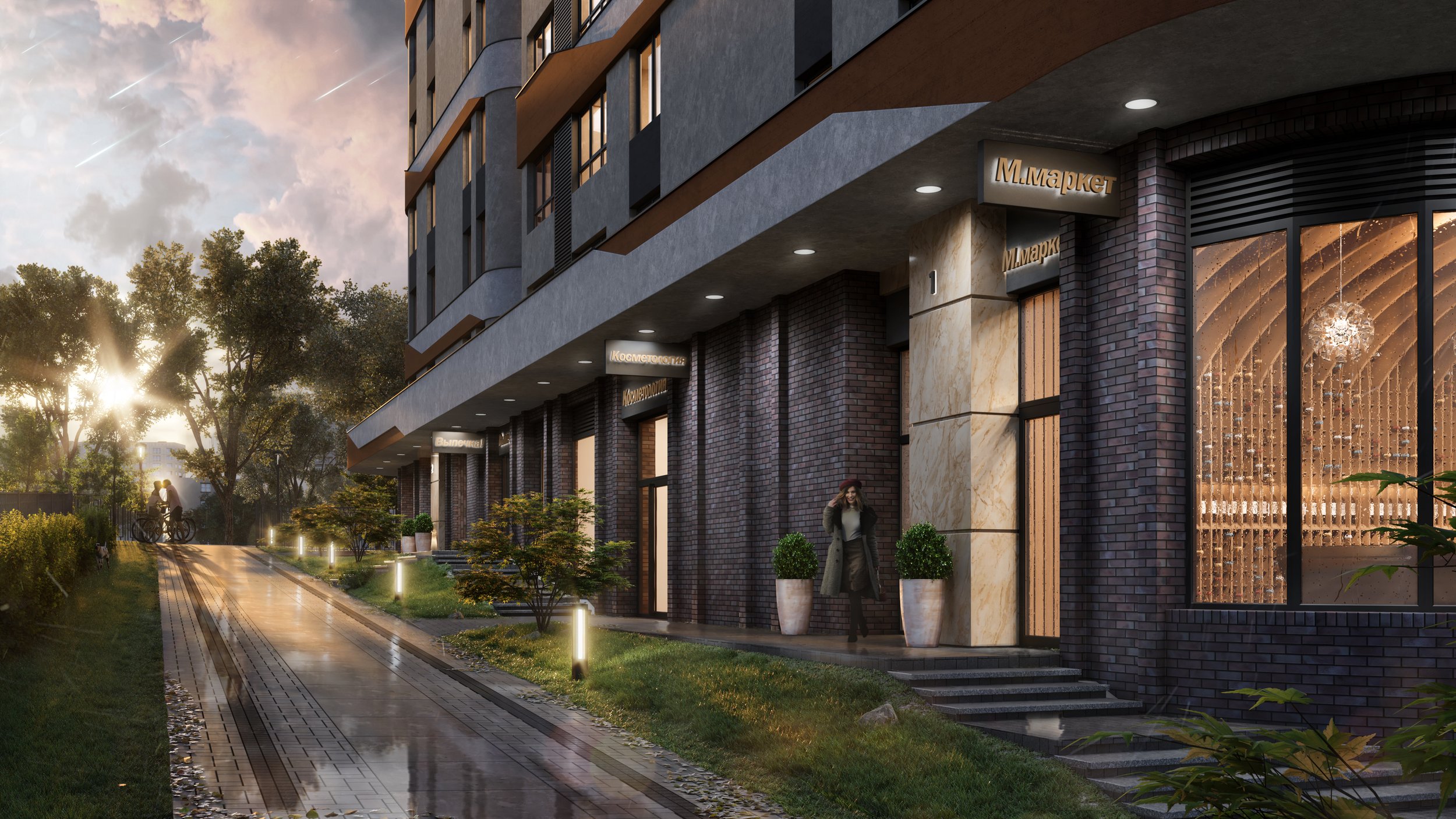The Nighttime Advantage: How Nightlight Renderings Impact Property Sales
Nightlight renderings for Residential Buildings in Moscow, image@ renderus
Introduction
The world of 3D visualization and rendering is constantly evolving, providing architects, designers, and real estate professionals with new tools to showcase their projects in the most effective and engaging ways. One of the critical elements of these visualizations is using different lighting conditions to create a specific atmosphere and convey the intended design intent. In this blog post, we will explore the concept of nightlight renderings, how they differ from daylight renderings, and their impact on clients, customers, real estate agents, and buyers.
Difference between Nightlight and Daylight Rendering
Nightlight and daylight renderings are two distinct types of 3D visualizations that represent a property or design under different lighting conditions. As the name suggests, daylight rendering depicts a scene under natural sunlight, typically showcasing the project during daytime hours. This type of rendering helps to emphasize a design's structure, materials, and spatial relationships.
On the other hand, nightlight rendering visualizes a scene under artificial and ambient lighting conditions, usually during nighttime or low-light conditions. This type of rendering showcases a space's lighting design, ambiance, and atmosphere, often evoking a sense of warmth and coziness that daylight renderings might not convey.
Advantages and Disadvantages of Nightlight Rendering Compared to Daylight Rendering
Nightlight renderings have several advantages over daylight renderings, including:
Emphasis on Lighting Design: Nightlight renderings showcase the impact of artificial lighting on a space, highlighting features such as accent lighting, façade lighting, and landscape lighting, which can significantly enhance the overall appearance of a project.
Atmosphere and Mood: Nightlight renderings evoke a different atmosphere and mood than daylight renderings, often creating a more intimate and cozy ambiance that appeals to potential buyers.
Stand Out from the Competition: Since many designers and architects primarily focus on daylight renderings, offering nightlight renderings can help differentiate your project and grab the attention of potential clients and buyers.
However, there are also a few drawbacks to nightlight renderings:
Limited Visibility of Details: Due to the lower light levels, some architectural and design details may be less visible in nightlight renderings compared to daylight renderings.
Additional Complexity: Creating nightlight renderings requires a more in-depth understanding of lighting design and may require more time and effort than daylight renderings.
The Effect that Nightlight Rendering Has on Clients, Customers, Real Estate Agents, and Buyers
Nightlight renderings can significantly impact how clients, customers, real estate agents, and buyers perceive a project. By showcasing the property under different lighting conditions, nightlight renderings can provide a fresh perspective on the design and highlight unique features that may be less apparent during daylight hours.
Furthermore, nightlight renderings can evoke a sense of warmth, comfort, and luxury, which can be particularly appealing to potential buyers. These images can create a "wow" factor that captures the audience's attention and makes a lasting impression. Ultimately, nightlight renderings increase sales and generate interest in a project.
Conclusion
In conclusion, nightlight renderings offer a unique and powerful tool for architects, designers, and real estate professionals to showcase their projects in a different light. By highlighting the impact of lighting design and creating an atmospheric and memorable experience, nightlight renderings can captivate clients, customers, real estate agents, and buyers, ultimately contributing to the success of a project. While they may require additional effort and expertise to create, the potential benefits of nightlight renderings are well worth the investment.

